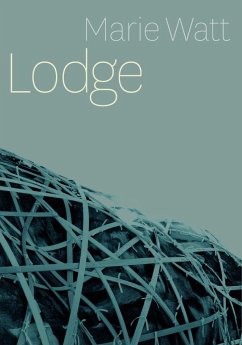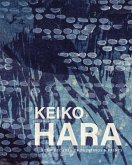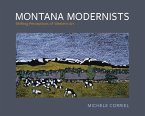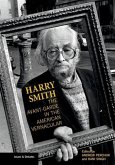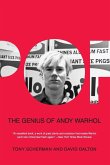Marie Watt is an American artist who lives and works in Brooklyn, New York, and Portland, Oregon. Born in 1967 to the son of Wyoming ranchers and a daughter of the Turtle Clan of the Seneca Nation (Haudenosaunee), she identifies herself as "half cowboy and half Indian." Formally, her work draws from Indigenous design principles, oral tradition, personal experience, and western art history. Her approach to art-making is shaped by the proto-feminism of Haudenosaunee matrilineal custom, political work by Native artists in the '60s, a discourse on multiculturalism, Abstract Expressionism, and Pop Art, as well as a strong belief in interaction with her audience. Like Jasper Johns, she is interested in "things that the mind already knows." Unlike the Pop artists, she uses a vocabulary of natural materials (stone, corn husks, wool, cedar) and forms (blankets, pillows, bridges) that are universal to human experience and noncommercial in character. Marie Watt: Lodge offers the first comprehensive view of her work, covering a period extending from the mid-1990s to the present.

